The project was organized by the Museo Solidaridad Salvador Allende under the auspices of the Getty Conserving Canvas Initiative.
Sources
https://www.mssa.cl/stella-projecthttps://www.mssa.cl/stella-project/the-structural-treatment-challenges-of-isfahan
https://www.mssa.cl/stella-project/a-network-of-experts-learning-and-working-together
The painting Isfahan III by Frank Stella was donated by the artist to Savador Allende in 1972. One year after, since Sept 11, 1973, the painting was removed from exhibition, disassembled from the original stretcher and was considered lost. Found in 1991, it was again on display, but the making of a new stretcher following such a complex shape proved to be beyond the ability of skilled carpenters, who tried several times with the result of damaging he perimeter of the artwork and overstretching the textile in some areas.
Using triangulation, the perimeter of the painting was drawn in CAD. The shape of the new strainer was approximated to a regular geometry (similar to Stella’s original) negotiating with the irregularities and distortions accumulated during the painting’s complex conservation history.
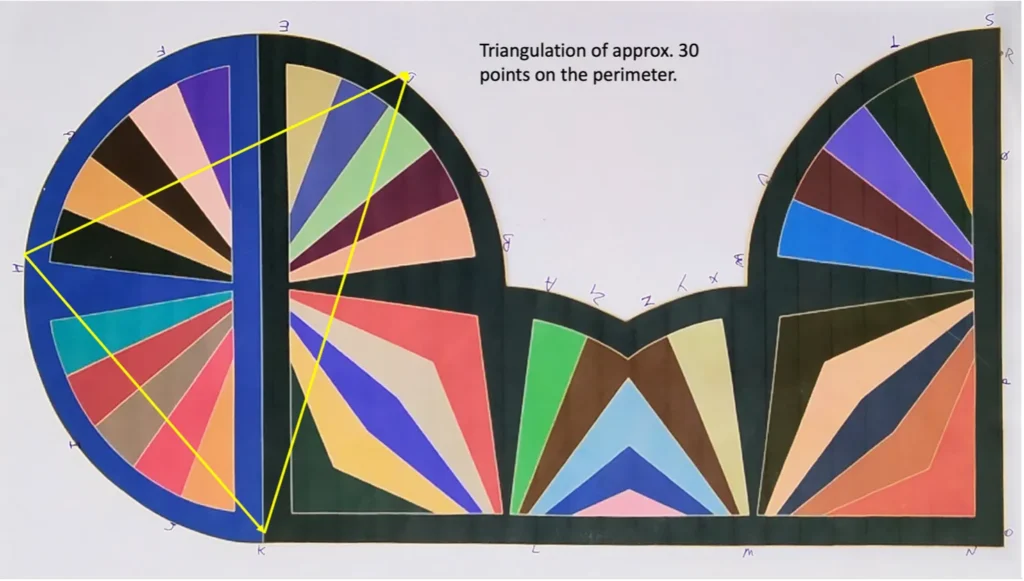
The design and construction of the new strainer was the fruit of a collaboration between the MSSA “Stella team”, Antonio Iaccarino Idelson and the Chilean company ProFábrica. Some parts were provided by Equilibrarte.
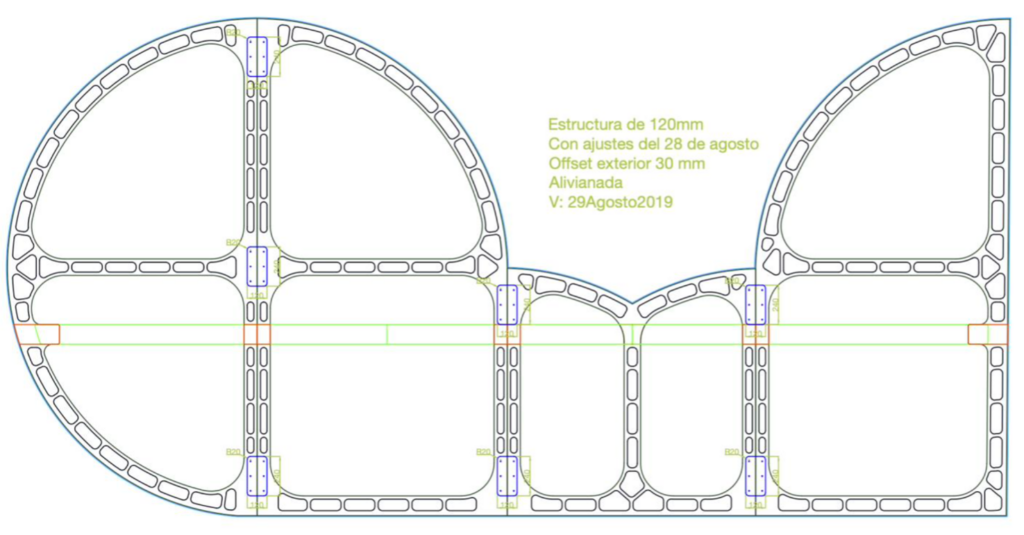
The elastic tensioning system was applied to the strainer for the installation of the painting,
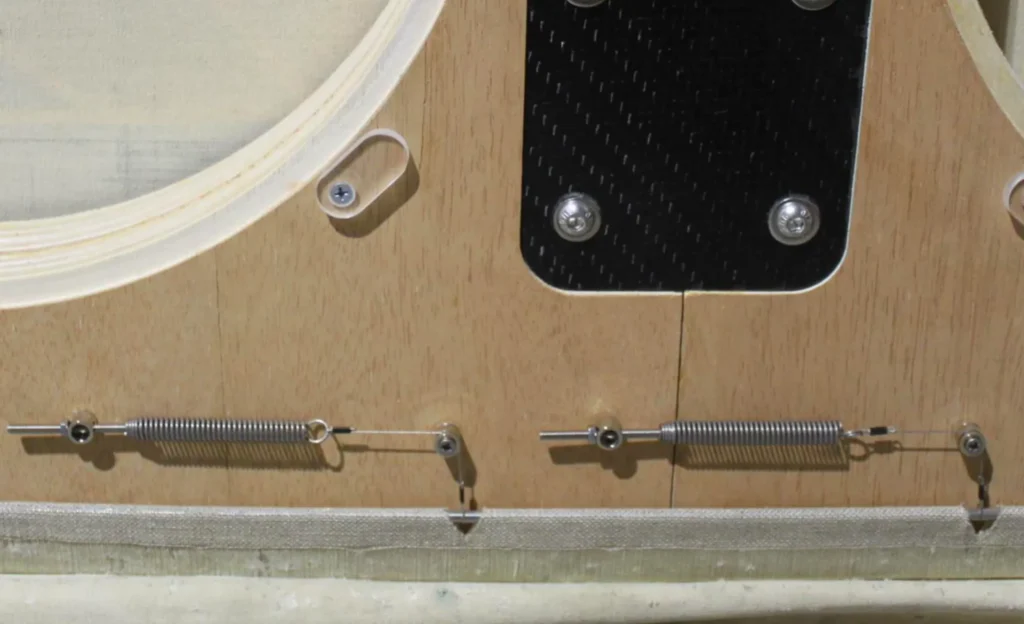
Biaxial tests performed on samples of a very similar textile (provided by the late Luca Bonetti, Frank Stella’s conservator) allowed defining the safe region for the tension of the painting on stretcher.
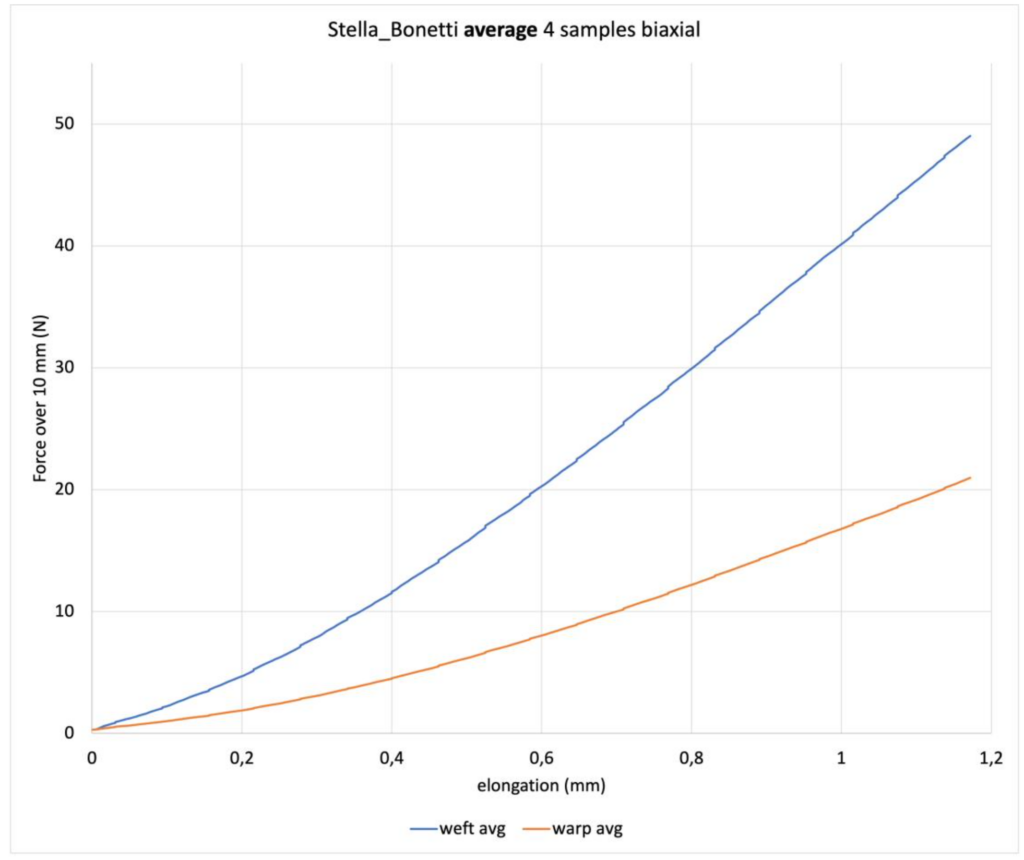
The value of tension was defined with the assistance of a Finite Elements Model created by Luca Fattore, engineer by Exemplar, Italy. The simulation involved the design of the strainer, the distribution of tension and the simulation of the expected elongation of the painting.
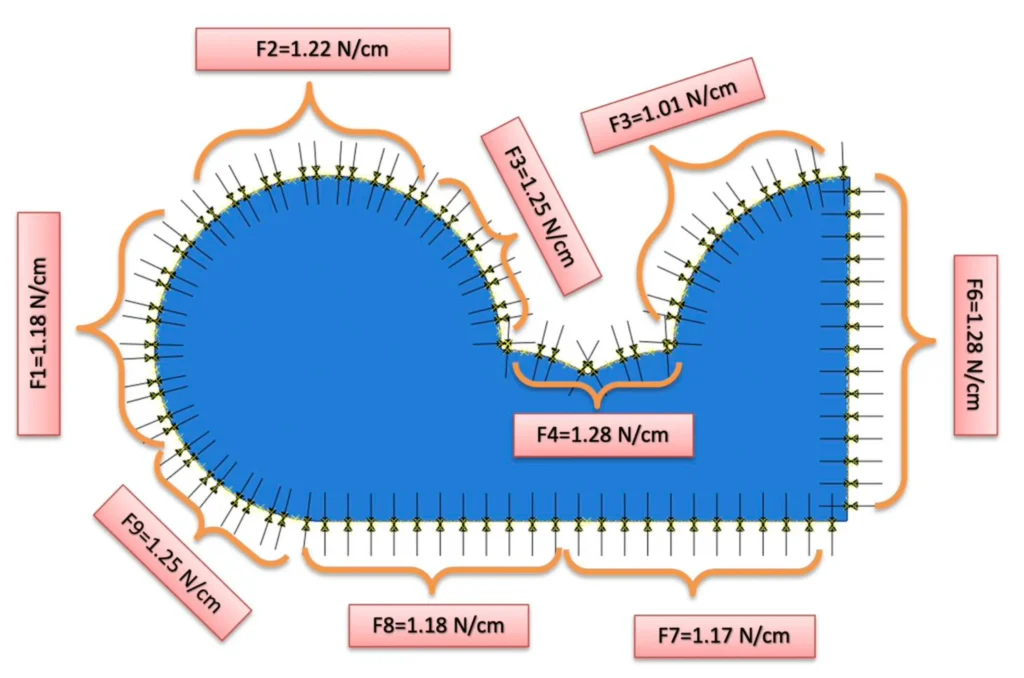
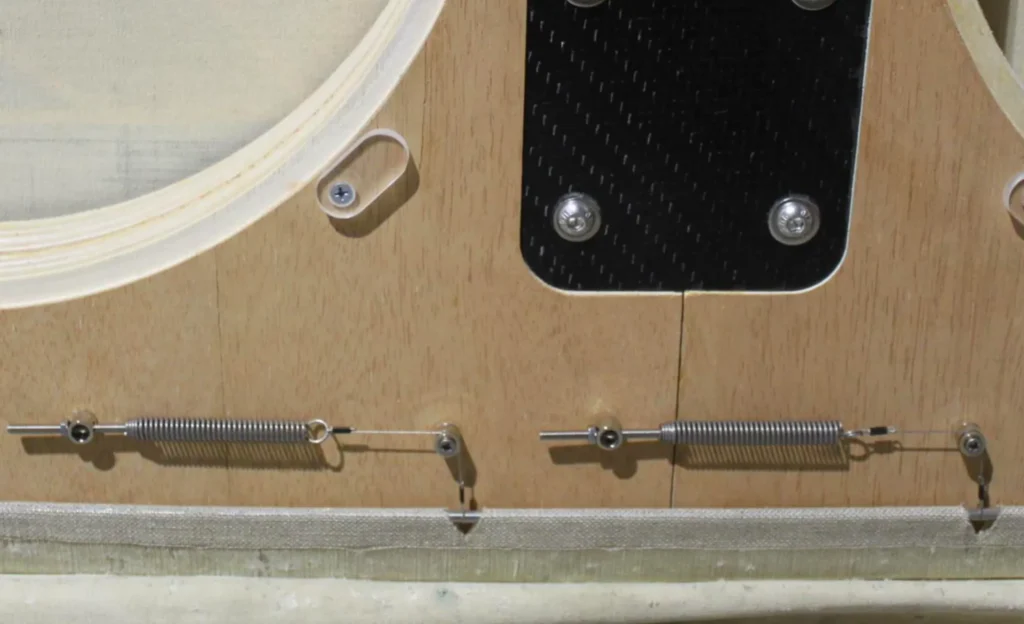
The force was obtained using very soft calibrated springs, allowing fine local adjustments.
Elongation of the painting data was confirmed by the measurement of the springs using LVDT sensors, cross validating the FEM.
Beyond the scientific and technological challenges it implied, the Stella Project at the MSSA was an incredible opportunity for team building and dissemination. All participants had time to understand and participate in the entire process, and the awareness of the role of science and technology in the conservation of such a complex work of art became part of everyone’s background.
The painting is iconic for the Museum, and is now back to exhibition carrying a new powerful story of collaboration around its conservation after the wounds deriving from the 9/11/1973 dramatic political events.